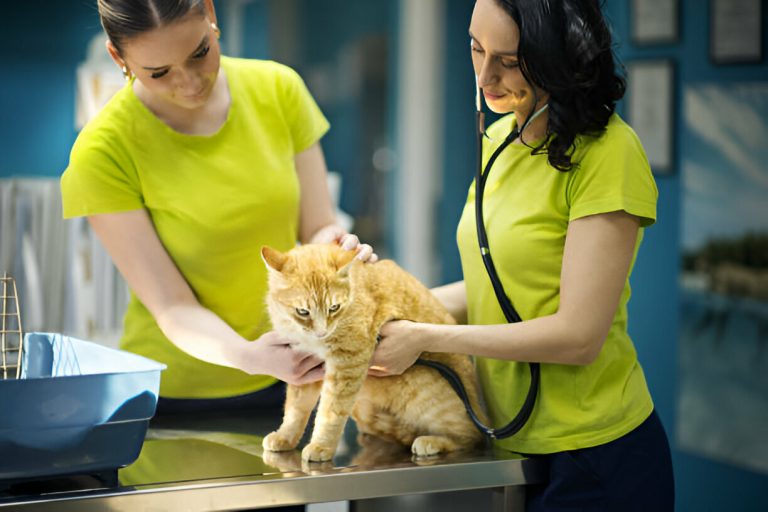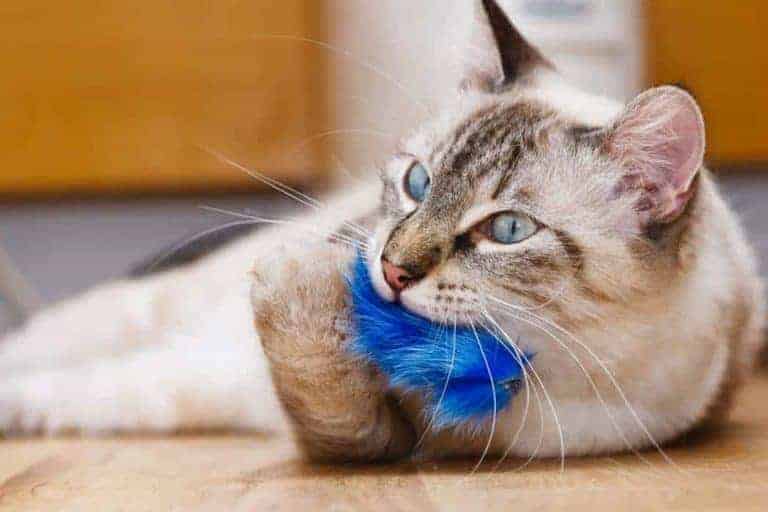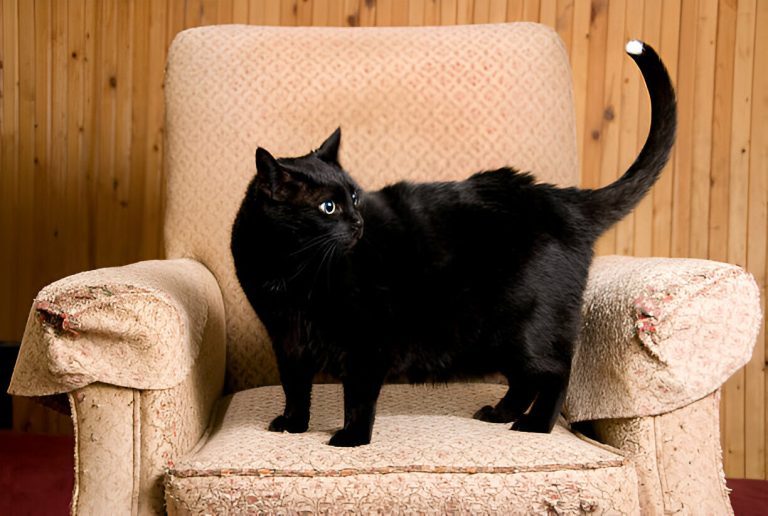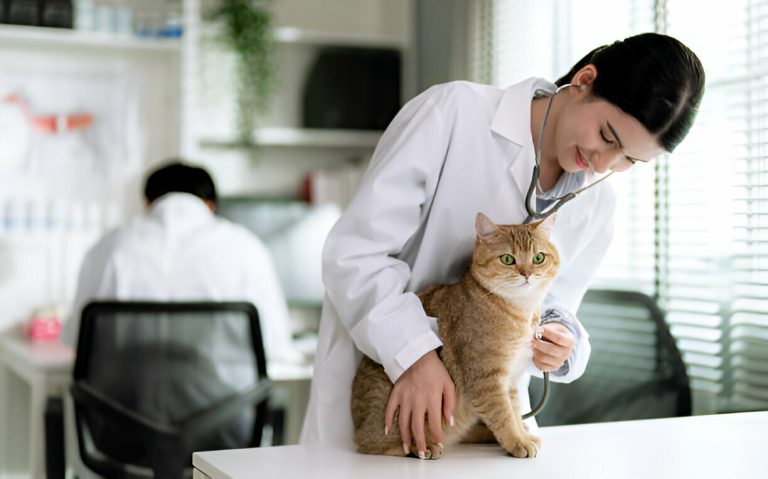Keeping Kitty Comfortable: The Ins and Outs of Cat Anal Gland Expression
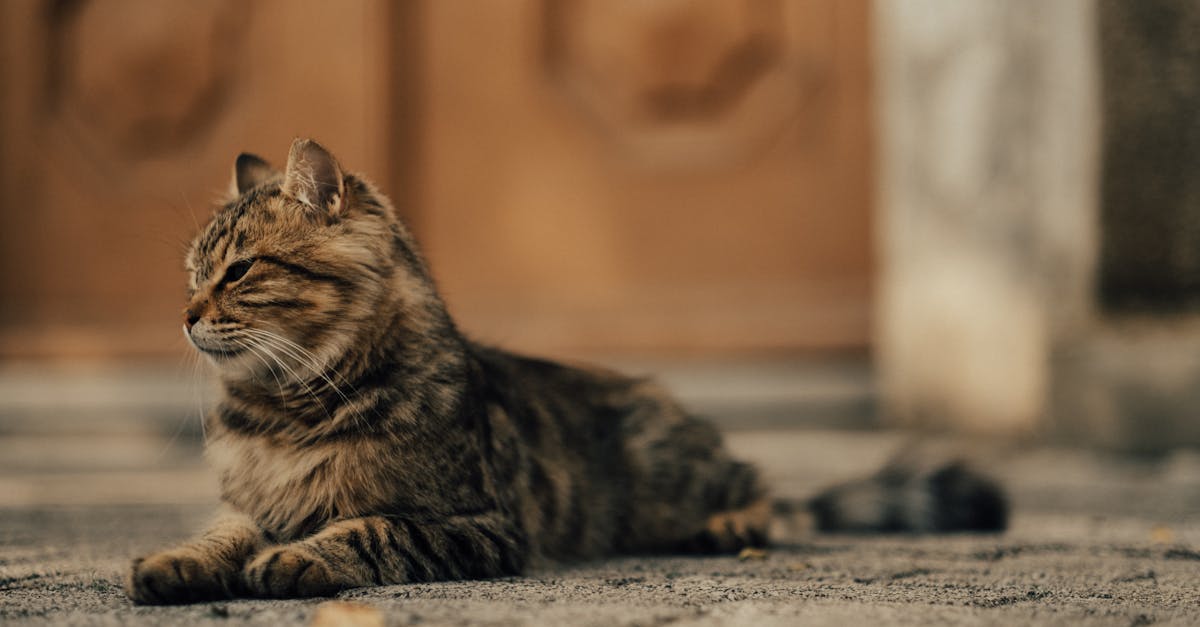
Have you ever heard of the fascinating world of cat anal gland expression? While it may not be a glamorous topic, it is an important aspect of feline hygiene. These glands, located near the anus, produce a smelly substance that is normally released during bowel movements. However, some cats may need help with expressing these glands manually if they are not doing it properly on their own.
Keeping Kitty Comfortable: The Ins and Outs of Cat Anal Gland Expression delves into the nitty-gritty details of this often overlooked aspect of cat care. By learning how to properly express your cat’s anal glands, you can help prevent potential health issues such as infections and discomfort. This article provides step-by-step instructions on how to safely and effectively express your cat’s anal glands at home, as well as tips on when to seek professional help if needed.
In the next section of Keeping Kitty Comfortable: The Ins and Outs of Cat Anal Gland Expression, we will explore common signs that your cat may need their anal glands expressed, as well as how to tell if there is a problem that requires veterinary attention. By understanding your cat’s needs and knowing how to address them, you can ensure that your furry friend stays happy and healthy for years to come. Stay tuned for more valuable insights on keeping your cat comfortable and well cared for.
- Cat anal gland expression is a normal part of a cat’s grooming routine, but some cats may require assistance due to various issues.
- Common signs that a cat may need anal gland expression include scooting, excessive licking, and foul odor.
- Expressing a cat’s anal glands should be done by a professional veterinarian or groomer to avoid injury or infection.
- If a cat requires frequent anal gland expression, it may be a sign of an underlying health issue that needs to be addressed.
- Regular grooming, proper diet, and monitoring your cat’s behavior can help prevent the need for frequent anal gland expression.
What is Cat Anal Gland Expression?
When it comes to keeping your feline friend comfortable and healthy, cat anal gland expression is an important aspect of their grooming routine. Cats have two small glands located on either side of their anus that secrete a smelly fluid. Normally, cats are able to naturally express these glands when using the litter box or grooming themselves. However, sometimes these glands can become impacted or infected, leading to discomfort and potential health issues.
Types of Cat Beds
There are a variety of cat beds available on the market, each designed to suit different preferences and needs. Some cats may prefer a cozy enclosed bed with walls for extra security and warmth, while others may prefer an open bed that allows them to stretch out. There are also heated cat beds available for cats who enjoy a little extra warmth, as well as cooling cat beds for hot summer months. Choosing the right type of bed for your cat can help ensure they are comfortable and happy.
Options for Cat Litter
When it comes to cat litter, there are several options to choose from. Clumping litter is a popular choice for its convenience and ease of cleaning, as it forms solid clumps that can be easily scooped out. Non-clumping litter is another option, which may be preferred by cats who are sensitive to the texture of clumping litter. There are also natural and eco-friendly cat litters available, such as those made from corn or wheat, for pet owners looking for a more environmentally friendly option.
Types of Cat Toys
Cat toys come in all shapes and sizes, designed to stimulate different aspects of a cat’s natural instincts. Interactive toys are great for engaging a cat’s hunting instincts and providing mental and physical stimulation. Toys that mimic prey, such as feather wands or toy mice, can keep a cat entertained for hours. There are also toys that dispense treats, such as puzzle feeders, which can provide mental enrichment and challenge a cat’s problem-solving skills. Finding the right type of toy for your cat can help keep them active and engaged.
Options for Cat Scratching Posts
Scratching is a natural behavior for cats, and providing a designated scratching post can help protect your furniture and keep your cat happy and healthy. Cat scratching posts come in various shapes and sizes, from simple vertical posts to more elaborate tree-like structures. Some scratching posts are made from sisal rope, while others are covered in carpet or other materials. There are also scratching pads that can be mounted on walls or placed on the floor. Offering a variety of scratching options can help encourage your cat to use them and save your furniture from damage.
1. What are anal glands in cats and why do they need to be expressed?
Anal glands are scent glands located near a cat’s anus that secrete a foul-smelling substance. In a healthy cat, these glands are naturally expressed during bowel movements. However, some cats may have issues with their anal glands becoming impacted or infected, leading to discomfort, pain, and even infection. In these cases, manual expression of the anal glands may be necessary to relieve the cat’s discomfort and prevent further complications.
2. How can I tell if my cat’s anal glands need to be expressed?
Signs that your cat’s anal glands may need to be expressed include scooting their bottom across the floor, excessive licking or biting at the anal area, a foul odor coming from their rear end, and visible swelling or redness around the anus. If you notice any of these signs, it is important to have your cat examined by a veterinarian to determine if expression is necessary.
3. Can I express my cat’s anal glands at home?
While some pet owners may feel comfortable expressing their cat’s anal glands at home, it is generally recommended to have this procedure performed by a professional, such as a veterinarian or groomer. Attempting to express the anal glands without proper training or technique can lead to injury or infection. It is best to leave this procedure to the experts who can ensure that it is done safely and effectively.
4. How often should a cat’s anal glands be expressed?
The frequency at which a cat’s anal glands need to be expressed can vary depending on the individual cat. Some cats may never need their anal glands expressed, while others may require regular expression every few weeks or months. It is important to monitor your cat for signs of anal gland issues and consult with your veterinarian to determine the appropriate schedule for expression based on your cat’s specific needs.
5. Are there any risks associated with expressing a cat’s anal glands?
While anal gland expression is generally a safe procedure when performed by a professional, there are some risks to be aware of. These can include injury to the anal glands or surrounding tissue, infection, or discomfort for the cat. It is important to follow proper hygiene protocols and techniques to minimize these risks and ensure that the procedure is done as gently and effectively as possible.
6. Can a cat’s anal glands be prevented from becoming impacted?
While it is not always possible to prevent a cat’s anal glands from becoming impacted, there are some steps you can take to help reduce the likelihood of issues. This can include feeding your cat a high-fiber diet to promote regular bowel movements, ensuring they are properly hydrated, and monitoring their anal area for any signs of discomfort or swelling. Regular veterinary check-ups can also help catch any potential issues early and prevent them from becoming more serious.
7. What should I do if my cat is showing signs of anal gland issues?
If your cat is showing signs of anal gland issues, such as scooting, excessive licking, or a foul odor, it is important to have them examined by a veterinarian as soon as possible. The vet can determine if anal gland expression is necessary and provide the appropriate treatment to relieve your cat’s discomfort. Delaying treatment can lead to further complications and discomfort for your cat.
8. Can expressing a cat’s anal glands help with behavioral issues?
While expressing a cat’s anal glands can help relieve discomfort and prevent infection, it is unlikely to have a significant impact on behavioral issues. If your cat is exhibiting behavioral problems, it is important to address them through proper training, enrichment, and possible medical intervention. Expressing the anal glands may provide temporary relief for physical issues, but it is not a solution for behavioral concerns.
9. Are there any alternative methods for expressing a cat’s anal glands?
In some cases, veterinarians may recommend alternative methods for expressing a cat’s anal glands, such as prescription medications or specialized diets. These methods are typically used in conjunction with manual expression to help manage chronic anal gland issues or prevent future problems. It is important to follow your veterinarian’s recommendations for the best approach to treating your cat’s anal gland issues.
10. What can I do to keep my cat comfortable after anal gland expression?
After your cat’s anal glands have been expressed, it is important to help keep them comfortable during the recovery process. This can include providing a clean and comfortable environment for them to rest, monitoring their anal area for any signs of infection or irritation, and following any post-procedure care instructions provided by your veterinarian. Keeping your cat calm and relaxed after anal gland expression can help promote healing and reduce the risk of complications.
Final Thoughts
The process of cat anal gland expression is a crucial aspect of keeping your feline companion comfortable and healthy. It is essential to understand the signs that indicate the need for expression, such as scooting or excessive licking. Regularly checking your cat’s anal glands and seeking the help of a veterinarian or groomer when needed can prevent discomfort and potential health issues.
Proper technique and gentle handling are key when performing cat anal gland expression at home. Using gloves, a lubricant, and applying gentle pressure will help ensure a safe and effective process. However, if you are unsure or uncomfortable with expressing your cat’s anal glands, it is best to leave it to the professionals to avoid any injuries or complications.
Maintaining a clean and hygienic environment for your cat is essential in preventing anal gland issues. A balanced diet, regular grooming, and keeping an eye on your cat’s behavior and health are all important factors in promoting their overall well-being.
By staying informed and proactive in caring for your cat’s anal glands, you can help ensure their comfort and happiness for years to come. Keep in mind the importance of regular check-ups and proper care to prevent any potential discomfort or health issues related to cat anal gland expression.

